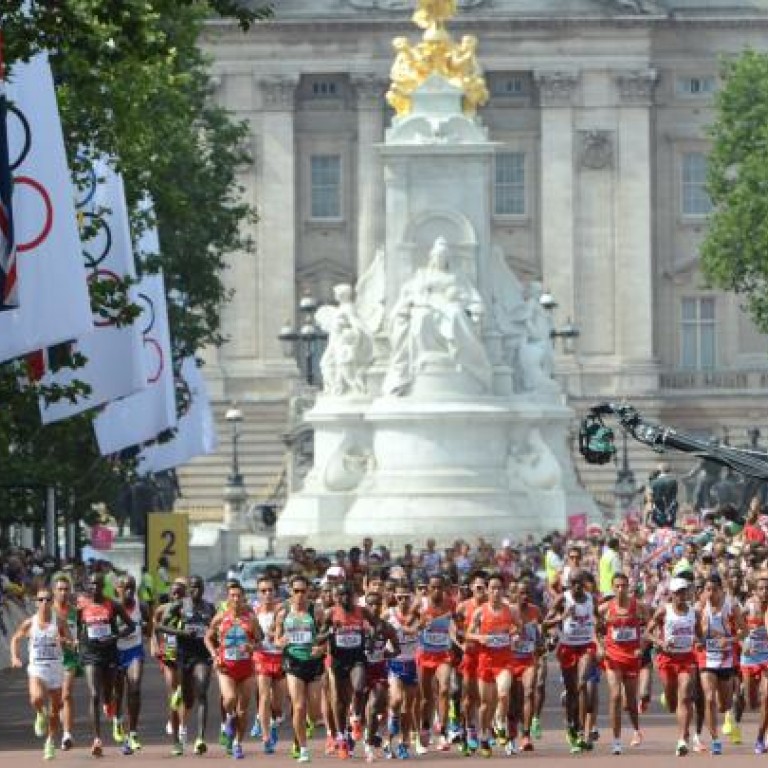
The secret science of running
Are modern men and women born to run, or must our 21st-century bodies be carefully cross-trained to stay fit and healthy?
When it comes to care and training of today's distance runner, expert opinions are mixed.
Jay Dicharry, author of the new book , believes that to be a better runner, running is not enough.
"Running is typically a one-dimensional sport," says Dicharry, a physical therapist. "You're basically just moving forward; you're not really developing as a true athlete."
Studies have shown that one-third of runners are hurt every year. His book focuses on identifying weaknesses, with detailed tools for gait analysis, tips for injury prevention and corrective exercises that range from yoga-like toe strengtheners to stability work.
Comparing the body to a car, Dicharry says that while many books focus on the runner's cardiovascular system, or engine, he zeroes in on the biomechanical body, or chassis. "The more stable the chassis, the more efficient you can be."
Robert Forster, who has practised sports therapy for 30 years, says the most common running mistake involves stride length, or the distance of the foot on the ground.
"Everyone is over-striding," says Forster, who worked with the American Olympic track-and-field team. "You want to land under your centre of gravity, or as close to it as possible. We tend to take too few steps per minute."
Dr Lewis Maharam, a former medical director of the New York City Marathon author of , says the beauty of running is that you do not need to do complex exercises to be efficient.
"Cross-training isn't really necessary. Professional athletes do it because it makes you faster, but the best people will tell you that a nice warm-up and a good flexibility programme for your lower extremities are all you need."
The most important thing is the preparation. "Without training, you're going to get hurt," he says.
